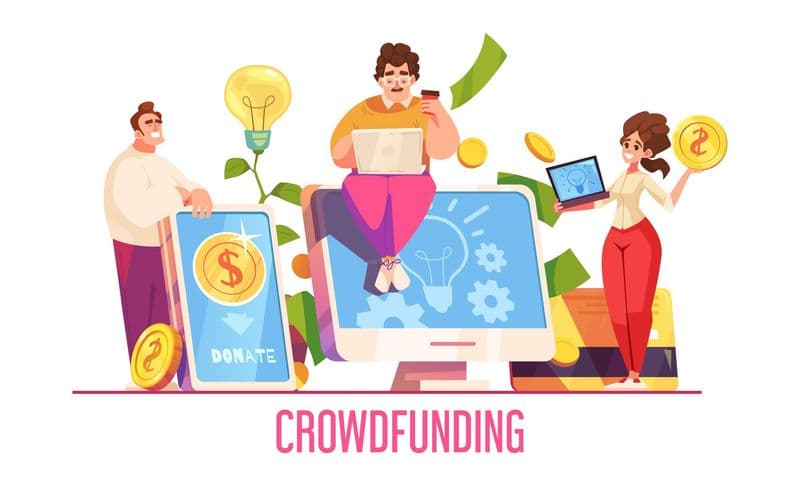In modern B2B sales, guesswork is no longer a viable prospecting strategy. Sales development representatives (SDRs) are under growing pressure to deliver qualified leads at scale—yet many still rely on outdated methods, fragmented data sources, and generic outreach sequences that yield diminishing returns. The result? Wasted hours, missed opportunities, and pipelines that stall before they start.
To break this cycle, high-performing SDRs are turning to two powerful resources: tech stack intelligence and ETL (Extract, Transform, Load) tools. By identifying what technologies a prospect is already using—and automating the process of enriching, cleaning, and syncing lead data—SDRs can drastically improve targeting, personalize messaging with precision, and focus their time when it matters most.
This article explores how combining tech stack insights with streamlined data infrastructure can transform prospecting into a high-conversion, scalable process. We’ll unpack how ETL pipelines support smarter lead management, how web technology data sharpens targeting, and what actionable steps SDR teams can take to close more deals using these tools.
Building a Smarter SDR Workflow with ETL Pipelines
The Case for Process-Driven Prospecting
SDRs often deal with fractured data ecosystems: scraped lists, CRM exports, and manually updated spreadsheets that quickly become outdated. This inefficiency leads to poor targeting, repeated outreach to the same leads, and significant time spent qualifying contacts that should have been disqualified from the outset. Personalization suffers and sales velocity declines without a reliable process to clean, standardize, and enrich prospect data.
Why ETL Pipelines Matter for SDRs
ETL—Extract, Transform, Load—is no longer just a concern for data engineering teams. In a high-output sales environment, ETL pipelines help SDRs and RevOps leaders automate the flow of prospect data across multiple platforms: LinkedIn, intent tools, CRMs, enrichment APIs, and more.

These pipelines extract data from different systems, transform it into a uniform format, and load it into your CRM or sales engagement tool—ensuring that SDRs always work from a single source of truth.
A practical explanation of how ETL pipelines function in a business context can be found in https://skyvia.com/learn/etl-pipeline-meaning. It outlines the foundational stages of ETL with clarity, showing how businesses collect raw data, reshape it for usability, and seamlessly feed it into operational systems—an essential model for building reliable SDR workflows.
Use Cases That Eliminate Manual Bottlenecks
Instead of toggling between tools or copy-pasting lead information, SDR teams can use ETL tools to streamline their workflow. For example:
Real-time lead enrichment: Automatically pull job title, location, tech stack, and social profiles into the CRM upon form submission or lead capture.
Automated segmentation: Sort leads into outreach campaigns based on firmographics or engagement behavior.
List deduplication and validation: Prevent multiple reps from targeting the same contact or wasting time on low-quality entries.
By automating these processes with ETL pipelines, SDRs reclaim time for strategic outreach—leading to higher-quality conversations and a measurable increase in conversions.
Using Tech Stack Intelligence to Prioritize & Personalize Outreach
Why Tech Stack Visibility is a Competitive Advantage
Speed is only valuable when paired with precision in an outbound-heavy sales cycle. SDRs tasked with high-volume outreach often rely on industry filters and job titles—ignoring the far more powerful signal of what tools a company is already using.
Tech stack intelligence gives SDRs exactly that: actionable insight into the software infrastructure of potential customers. Knowing a prospect is running HubSpot, AWS, Magento, or Segment tells you not only their budget range but also their operational priorities and likely pain points.

This data turns generic cold emails into strategic conversations. For example, if a company is using Shopify but lacks advanced personalization plugins, the SDR can position their product as a direct enhancement to that stack. It’s not just about who to reach—it’s about why they should listen.
Segmenting Leads Based on Stack Data
Effective segmentation is essential for scaling without sounding robotic. Grouping leads by tech stack enables SDR teams to deploy campaign variations that speak directly to platform-specific needs. For instance:
HubSpot users: Pitch integrations or tools that streamline workflows already dependent on that CRM.
WordPress sites: Focus on plugins, performance tools, or security solutions.
Outdated tools: Use messaging that highlights limitations and presents your product as a modern alternative.
By mapping segments to tech stack patterns, you build relevance into your cadence from the first touchpoint—boosting both response and qualification rates.
Crafting Messaging That Converts
Outreach should never sound like a template. When tech stack intelligence is used correctly, it enables personalization that goes beyond the { {FirstName} } level. Consider this structure:
“I noticed your team uses Pardot and Salesforce—tools we also work closely with. Teams like yours use [product] to reduce sync delays between platforms and improve lead routing accuracy.”
This kind of detail doesn’t just show research—it shows relevance. And that’s what cuts through inbox fatigue.
In a landscape where buyers are increasingly skeptical of cold outreach, data-informed personalization built on tech stack intelligence is a strategic differentiator. It shifts the SDR’s role from volume-based sender to trusted problem-solver—shortening sales cycles and improving outcomes across the board.
Conclusion: Putting It All Together for Scalable Success
Modern prospecting demands more than just hustle—it demands infrastructure. SDRs who continue relying on scattered spreadsheets, shallow segmentation, and static lists will always be a step behind competitors leveraging automated ETL workflows and real-time tech stack intelligence.
By integrating ETL pipelines into their process, SDR teams can eliminate data silos, ensure real-time lead enrichment, and operate from a unified, constantly updated source of truth. At the same time, leveraging tech stack insights transforms every outreach attempt from a cold introduction to a relevant conversation—tailored to the exact tools and workflows their prospects already use.
Key Takeaways for Sales Teams:
Adopt ETL strategically: Use platforms like Skyvia to streamline prospect data flow between form fills, enrichment tools, CRMs, and email platforms.
Prioritize based on stack signals: Stop guessing and start ranking leads based on the technologies they already trust.
Scale without sounding robotic: Use automation to fuel personalization, not replace it.
Ultimately, SDR success hinges on repeatable systems that amplify precision and reduce waste. A data-driven prospecting strategy—built on the combined power of clean data and contextual intelligence—isn’t just more efficient. It’s significantly more effective.


